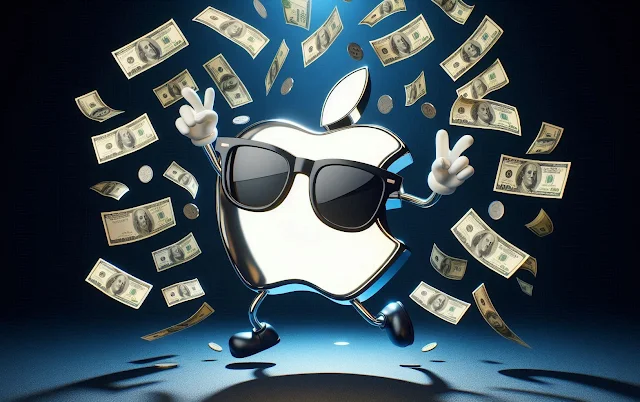Apple had reached 1 billion iPhones by 2016. That first stretch took nine years. Since then, the company moved another 2 billion units across another nine-year period, showing consistent demand over time. The 2 billion mark likely passed around late 2021, based on analyst estimates, though Apple didn’t make a formal announcement at that point.
iPhone Still Leading Revenue
The iPhone continues to play a major part in Apple’s business. For the last quarter, sales from the device brought in $44.6 billion. That was 13 percent higher than the same time last year and made up nearly half of Apple’s $94 billion total revenue.
Some analysts believe the recent spike may have been influenced by market concerns. Buyers may have moved earlier than usual due to uncertainty around U.S. trade policies that could raise prices. Either way, the figures beat expectations.
Despite the strong quarter, Apple’s stock hasn’t kept pace with rivals in 2025. Companies like Nvidia and Microsoft have gained more in value, partly due to the surge in interest around artificial intelligence.
Looking Ahead as AI Changes the Market
As AI development continues, some in the industry are questioning whether screen-based devices like smartphones will still hold the same place in people’s lives. New AI-powered tools are starting to shift how users interact with technology. Some offer voice-first controls. Others are built around wearable formats.
Apple responded to this during the earnings call. The company said the iPhone remains central to what users need in a device. It pointed to the range of tasks people still rely on, including photography, payments, and communication.
While Apple didn’t share product details, it did mention that other devices are in development. These are expected to support AI more deeply. One example could be the HomePod with a screen, which has been delayed in the past but is now expected to arrive in spring 2026.
Apple has already stopped sharing unit sales for its hardware products. That shift happened in 2018. At the time, the company said unit counts didn’t reflect the full state of the business. Still, the 3 billion figure gives a sense of how large the iPhone’s role has remained, even as the market moves in new directions.

Notes: This post was edited/created using GenAI tools. Image: DIW-Aigen.
Read next: OpenAI Pulls ChatGPT Search Feature After User Chats Appear in Google
